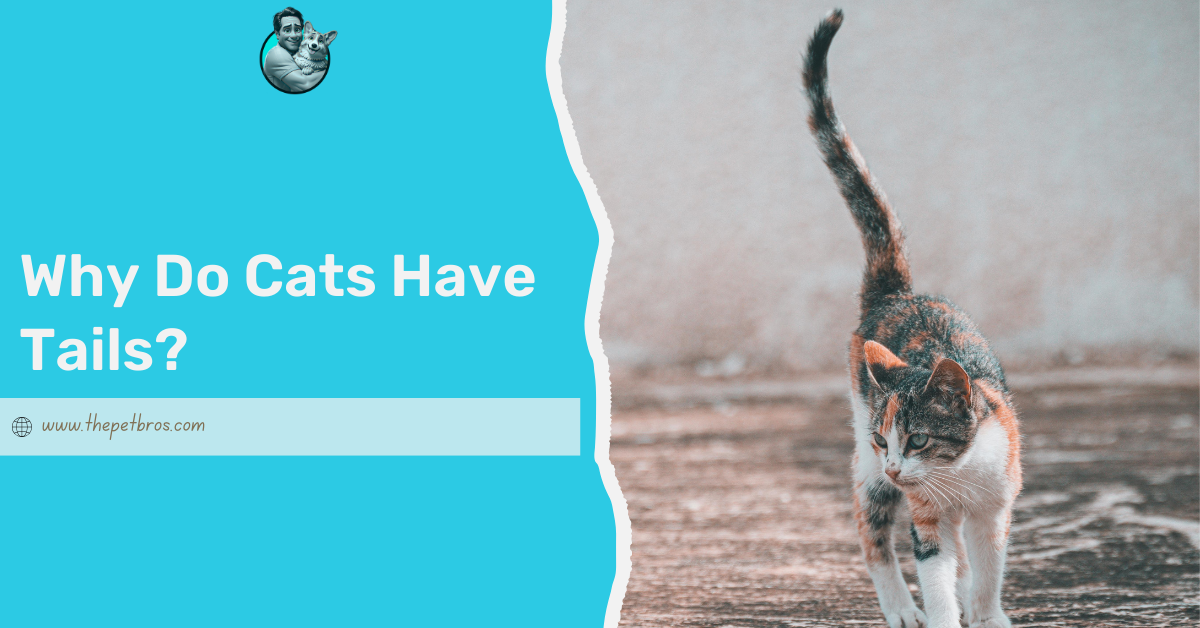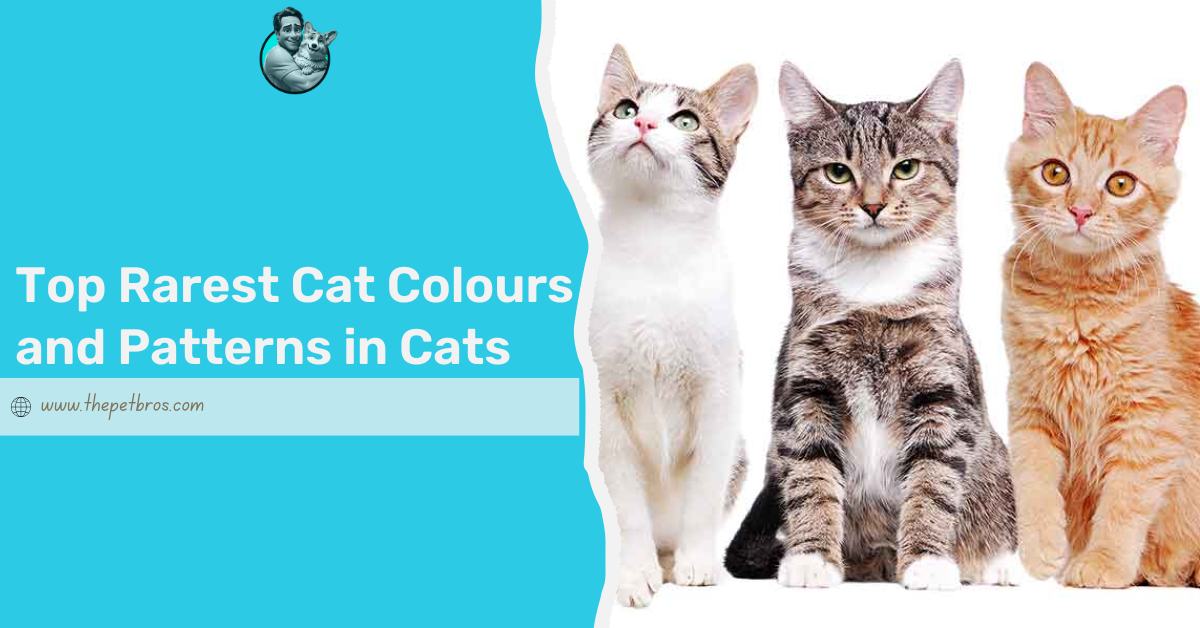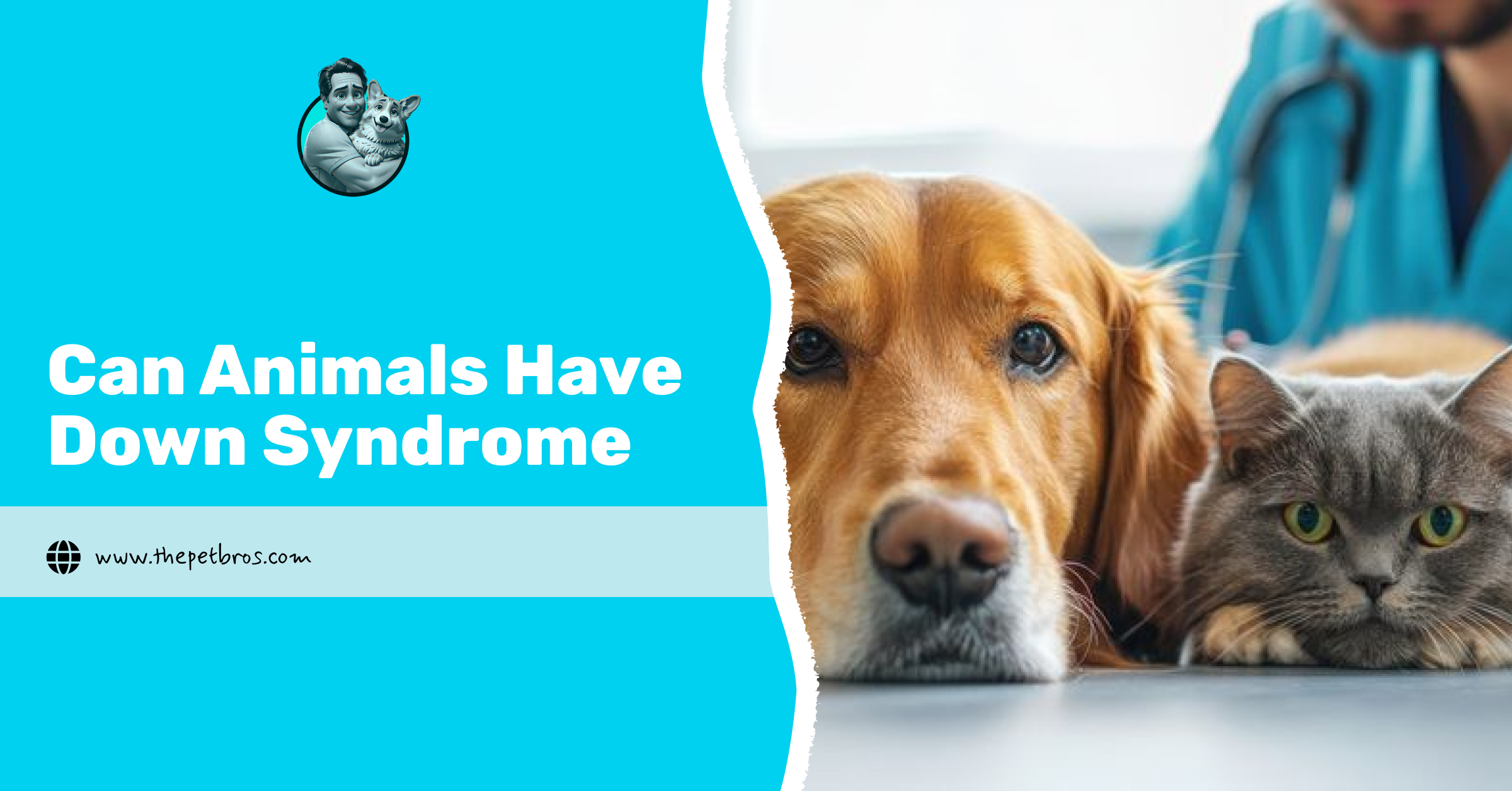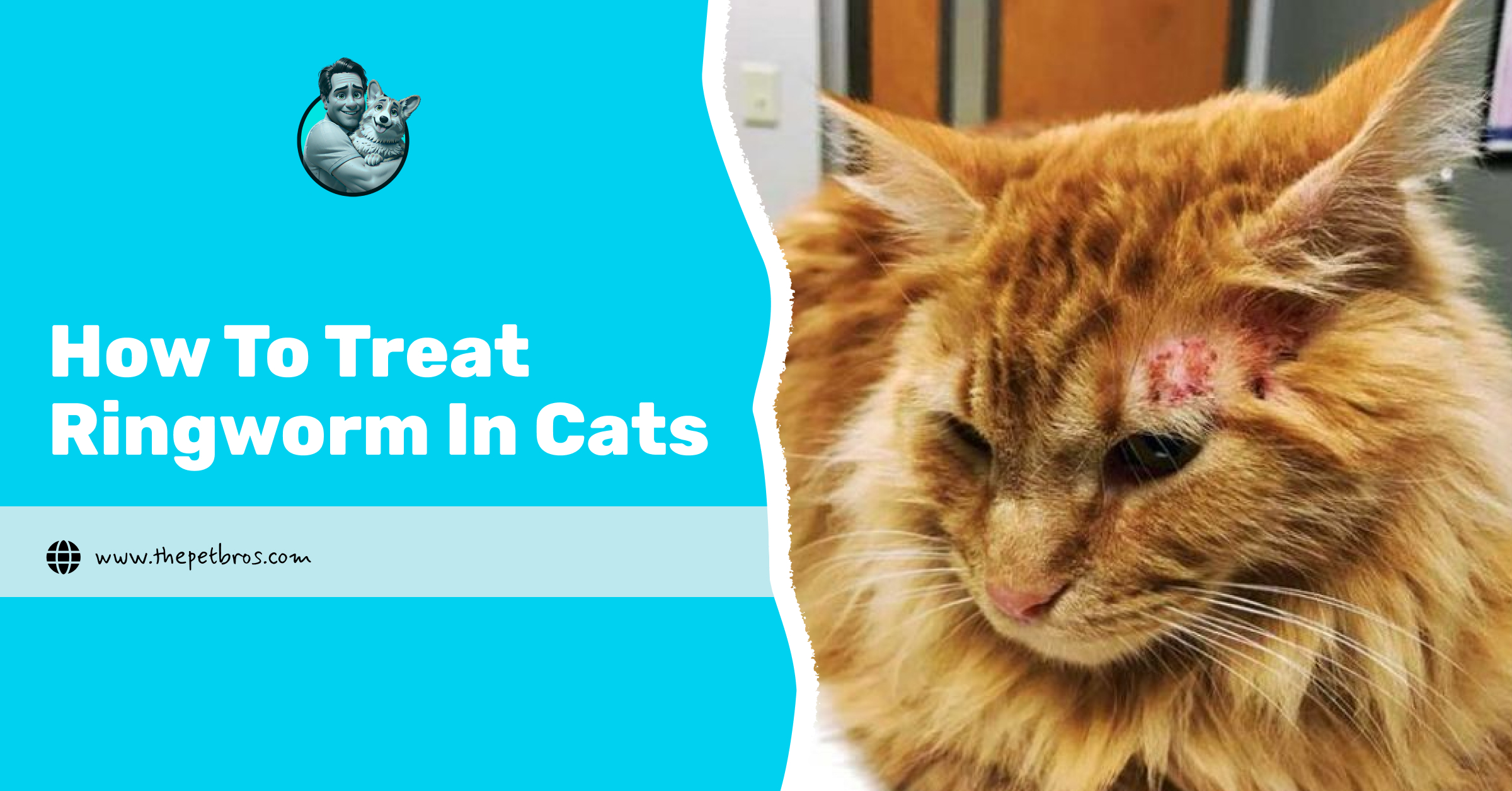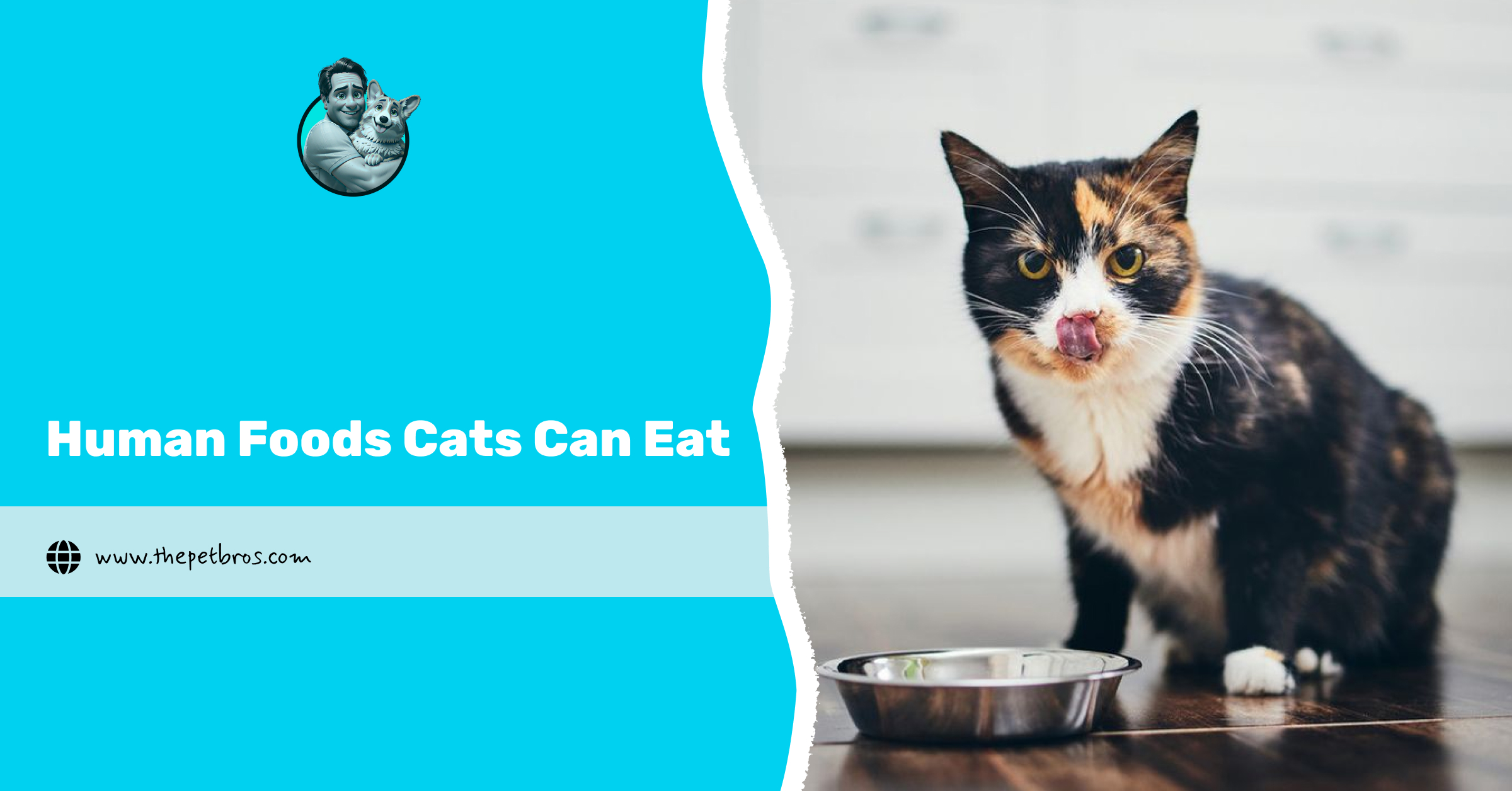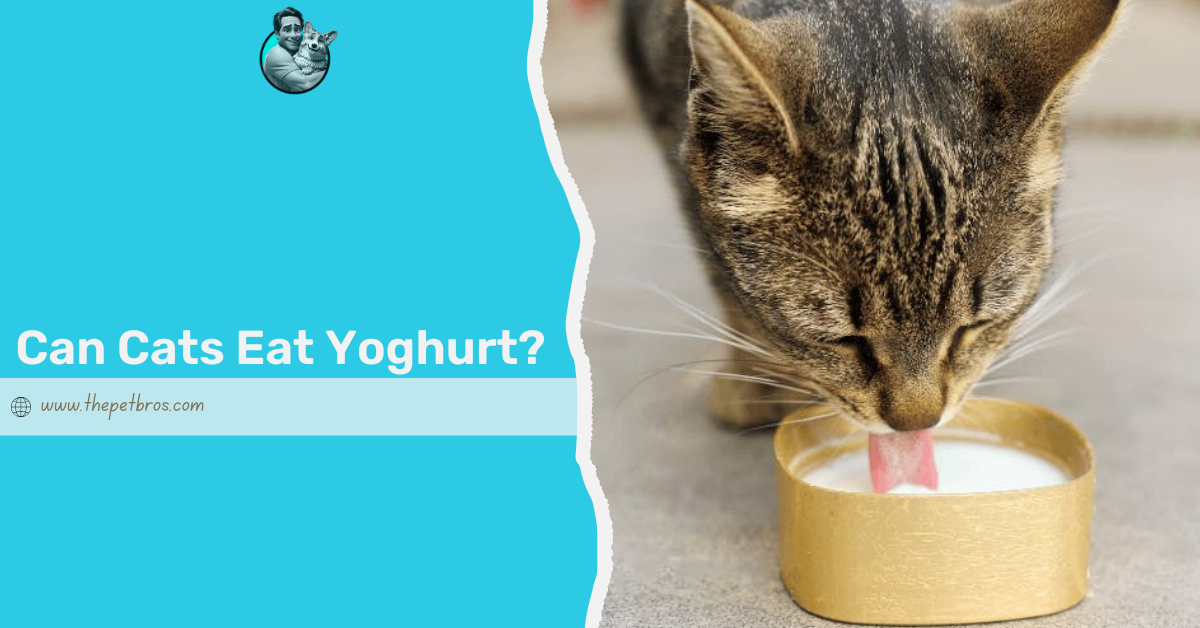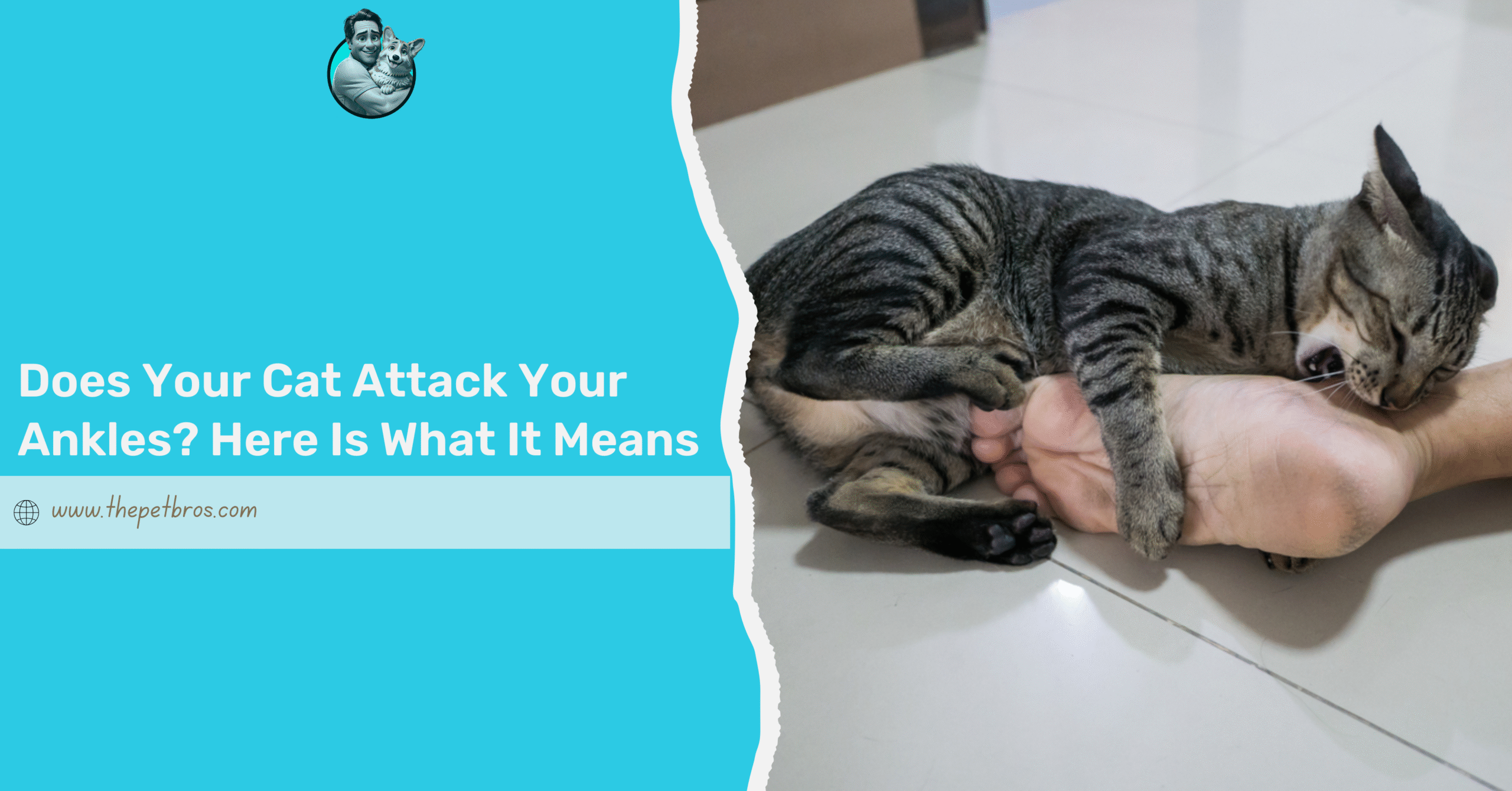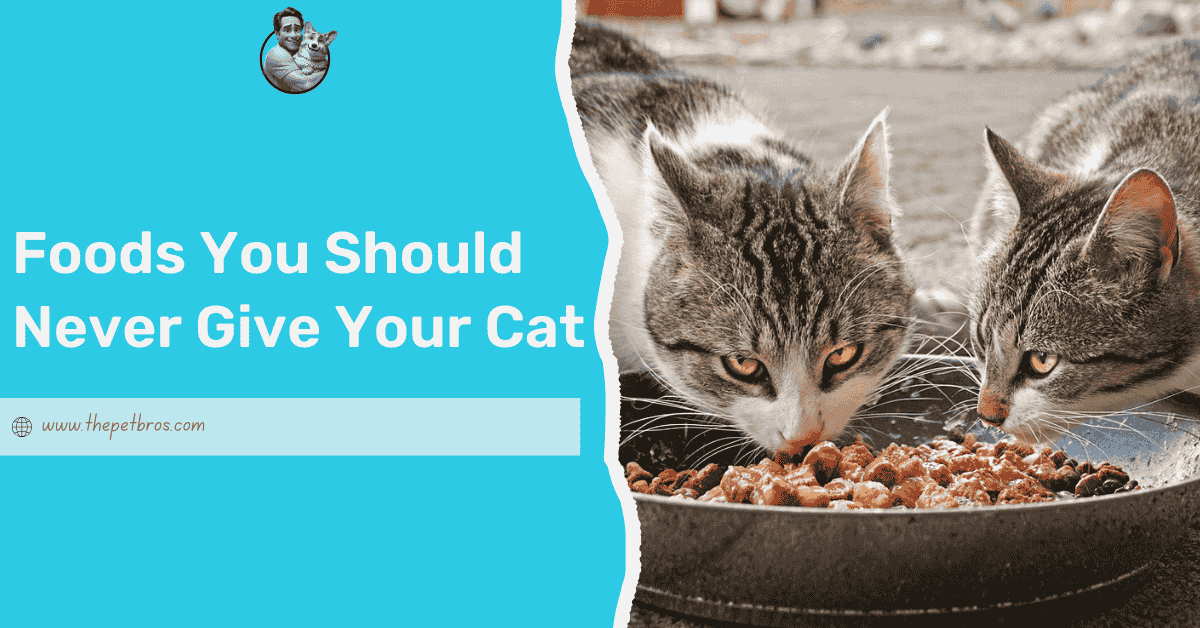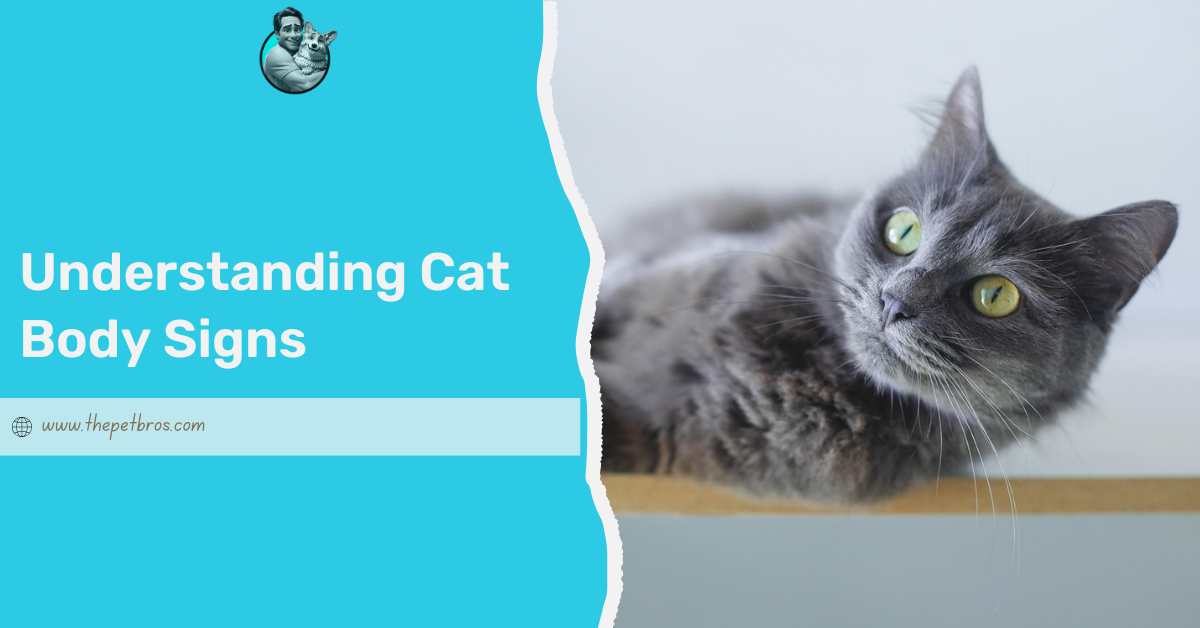Cats and their tails, what exactly is the deal? Seriously, have you ever wondered why cats have tails? Well, you’d think they were just another body part, but these little appendages have way more to them than meets the eye.
From helping them balance during daring jumps to communicating their every mood, tails are essential tools that make cats the agile and expressive animals we adore. Let’s answer the big question, “Why do cats have tails?” and learn to appreciate these superpowers a little more!
Why Do Cats Have Tails?
Tails serve various purposes, and this section comprehensively discusses the top reasons cats have tails and how these furry appendages contribute to their lives:
1. Maintaining Balance and Agility
Cats are known for their impressive balance and precision, whether they are navigating narrow ledges or leaping onto high surfaces. Their tails act as a counterbalance, helping them stay steady during daring manoeuvres. For instance, when a cat walks along a narrow fence or tree branch, its tail shifts to counteract its weight, preventing it from toppling.
In addition, a cat’s tail aids agility during fast movements like sprinting or chasing prey. When making sharp turns, the tail swings in the opposite direction to stabilise the body, much like a tightrope walker uses a pole for balance. Without their tails, cats would find it much harder to perform the gravity-defying feats they are famous for.
2. Communicating Emotions and Intentions
A cat’s tail is a great communication tool, as it acts as a visual signal for their emotions and intentions. By observing the position, movement, and even the texture of a cat’s tail, you can learn more about their mood and behavioural state.
Below are some common cat tail signs and what they mean:
- Upright Tail with a Slight Curve at the Tip: This is often a sign of happiness or a friendly greeting. Cats typically display this when craving attention, exploring familiar spaces, or meeting another cat they trust.
- Twitching or Quick Swishing Tail: This indicates heightened emotions, such as excitement, curiosity, or frustration. The context often determines the specific feeling. For example, a cat’s tail may flick rapidly when playing, showing it is ready to pounce. Also, during stressful situations, like a visit to the vet, rapid tail flicks can indicate irritation or anxiety.
- Puffed-Up Tail: A puffed tail signals fear, aggression, or extreme arousal. Cats instinctively puff their tails to appear larger and more intimidating when threatened. For instance, if a dog suddenly barks near your cat, its tail may fluff up while arching its back, ready to defend itself or flee.
- Tail Wrapped Around the Body: When a cat sits or lies down with its tail tightly wrapped around it, it often means a sense of caution or uncertainty. Cats adopt this posture when they feel insecure or try to protect themselves.
- Tail Wrapped Around Another Cat or a Human: This gesture signifies bonding and affection. Cats use their tails to “hug” their favourite humans or feline companions, much like how we might place an arm around a friend.
3. Protecting Themselves and Their Territory
Tails play a defensive role in helping cats protect themselves and their surroundings. In the wild, a cat’s tail can warn other animals. For example, big cats like lions or tigers may twitch their tails when annoyed or alert, warning others to back off.
Domesticated cats use their tails for similar purposes. A low, rigid tail accompanied by growling or hissing warns humans and other animals to maintain their distance. In some cases, cats also use their tails for stealth. While hunting, they keep their tails low and still to avoid detection by prey, ensuring a successful ambush.
4. Regulating Temperature
In colder climates or chilly conditions like here in the UK, a cat’s tail can help regulate its body temperature. Cats often curl their tails around their bodies while sleeping, providing a layer of insulation that helps them retain warmth. This is especially common in wild cats, as they need to conserve heat during cold nights.
Even in domestic settings, you must have seen your cat(s) tuck its tail under its body or wrap it around its paws when feeling cold. This small but effective mechanism showcases how adaptable and resourceful their tails can be.
5. Assisting in Grooming
Although this is less obvious, your cat’s tail aids in grooming. As you may know, cats are careful groomers. So, these tails help them reach tricky spots, such as the back of their necks or ears. This feature ensures they maintain cleanliness, which is crucial for their overall health and hygiene.
Conclusion
So, why do cats have tails? Well, from maintaining balance to expressing emotions and setting records, you can tell that their tails are another reason they are extraordinary companions.
So, the next time your cat flicks or curls its tail, just take a moment to appreciate its huge role in their world.
Frequently Asked Questions
Why Does My Cat Have a Crooked Tail?
This can be due to injury and genetics. If your cat has previously broken its tail, it will likely heal with a bend or kink. It is best to consult a vet if you notice any sudden change. Regarding genetics, certain breeds, such as Siamese cats, may naturally have a kinked tail due to a genetic mutation. While this was once a common breed characteristic, it is becoming less prevalent as selective breeding gradually eliminates the trait.
Why Does My Cat Knead With Its Paws?
Cats knead with their paws for reasons associated with their instinct and comfort. As kittens, they knead their mother’s belly to stimulate milk flow during nursing. This behaviour often carries over into adulthood as a sign of contentment or relaxation. Also, cats may knead soft surfaces, such as blankets or their owners, to prepare a comfortable resting spot or show affection. If your cat kneads on you, take it as a sign of trust and love!






